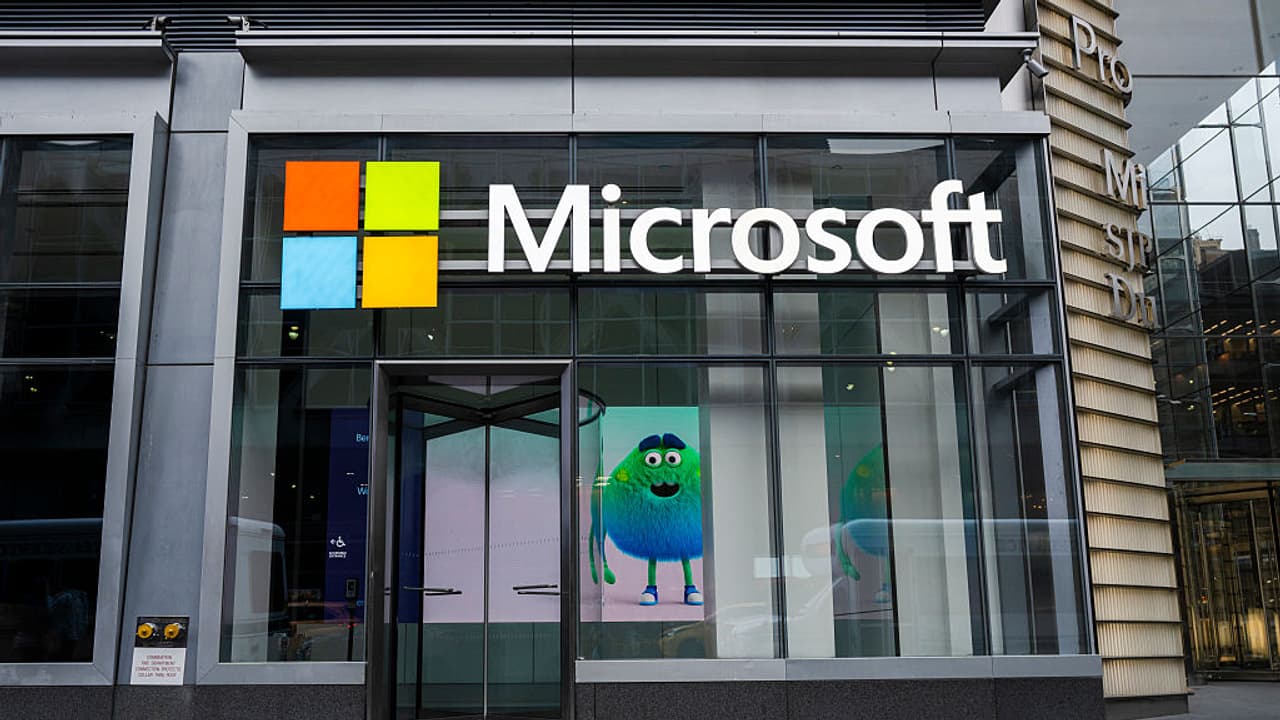Microsoft Excel is integrating Copilot, allowing users to manipulate spreadsheet data using natural language commands. Copilot can classify, summarize, and generate text within Excel, complementing existing formulas.
Microsoft Excel, the go-to tool for crunching numbers and organizing data, is getting a powerful new upgrade. The company has started testing Copilot AI in Excel, a feature that lets you fill in spreadsheet cells just by typing out what you want in plain English. Think of it like this. If you’ve got a column full of customer feedback, instead of manually categorizing each entry, you can now type a simple command like:
=COPILOT(“Classify this feedback”, D4:D18)
and Excel’s AI will instantly sort it out for you.
The feature can do a lot more than just classify data. You can ask it to summarize long text, write product descriptions, or even build tables. Microsoft says the function works well with existing Excel formulas like IF, SWITCH, and LAMBDA, which means power users can combine Copilot with traditional functions to get more done, faster.
What makes this even more interesting is that it’s powered by OpenAI’s GPT-4.1-mini model, giving Excel the same kind of intelligence that’s behind modern AI chatbots. Microsoft also stresses that your data is safe — anything you type into Copilot stays private and isn’t used to train AI models.
Of course, there are some limits. Copilot can’t pull information from outside your spreadsheet, you can only use it about 100 times every 10 minutes, and it’s not built for high-stakes number crunching like financial or legal calculations. In Microsoft’s own words: don’t rely on it where mistakes could cost you.
The feature is currently rolling out to Windows and Mac users who are part of the Microsoft 365 Beta Channel, with the company promising more improvements — including possible web access — in future updates.
